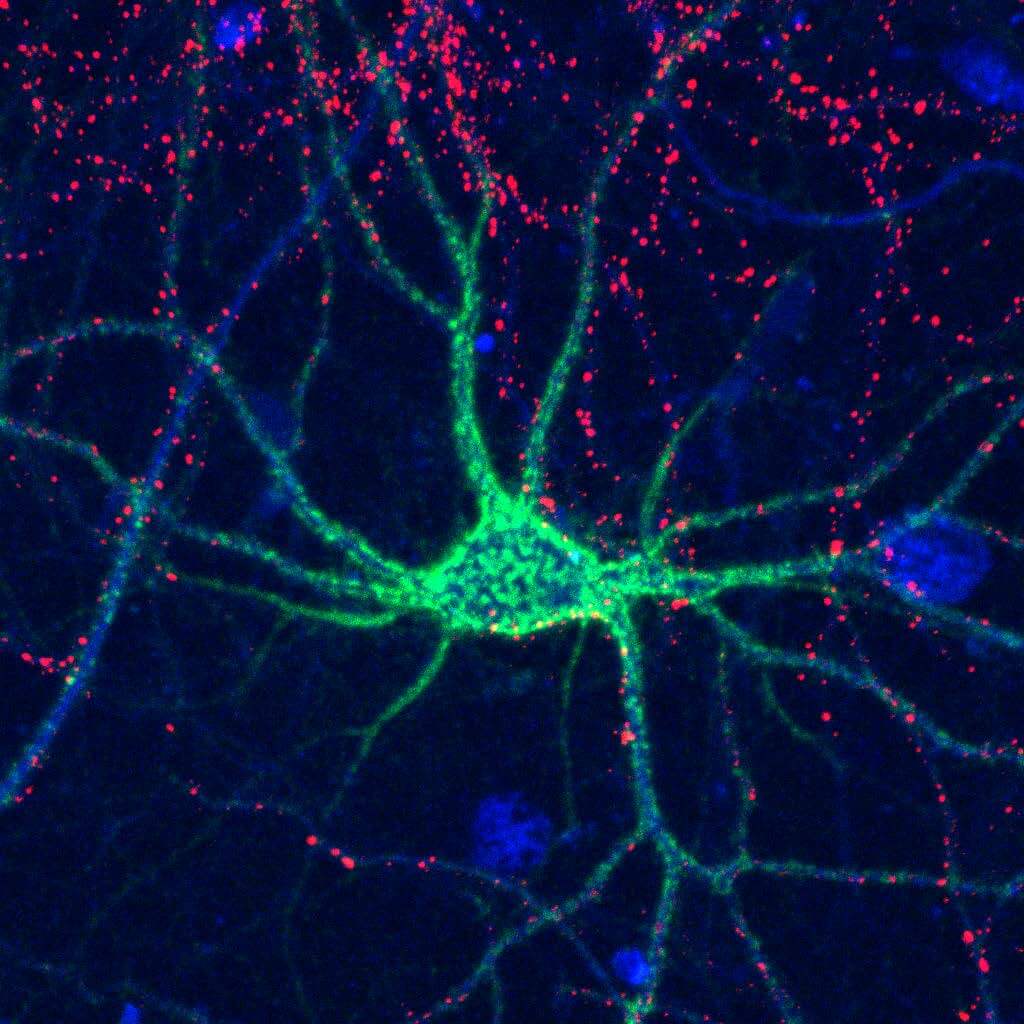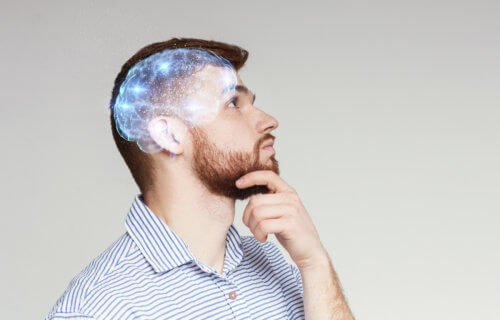SAN FRANCISCO — Ever wonder why you can easily recognize a face from years ago, yet often forget recent details like what you had for breakfast? The brain’s mysterious ability to rearrange its circuits, enabling us to recall familiar faces or grasp new skills, is getting some clarity. California Institute of Technology scientists have revealed that sulfate groups present in intricate sugar molecules, known as glycosaminoglycans (GAGs), play a pivotal role in the “plasticity” or adaptability of mouse brains.
This discovery could illuminate how human memory functions and offer strategies to mend neural connections post-injuries.
We commonly associate sugars with the sweetness of fruits or desserts, but there’s a vast world of sugars out there. By connecting different sugar types, one can create a diverse spectrum of complex sugar structures. GAGs emerge when these structures further bond with other chemicals, including sulfate groups.
“If we study the chemistry of GAGs in the brain, we can learn about brain plasticity and hopefully, in the future, use this information to restore or enhance neural connections involved in memory,” says Dr. Linda Hsieh-Wilson, the project’s principal investigator, in a media release.
GAGs, particularly a form known as chondroitin sulfate prevalent in the brain, regulate countless proteins and alter structures throughout our lives and in diseases. This specific sugar can create structures named “perineuronal nets” which encase individual brain cells, reinforcing the links between them.

Scientists are particularly interested in the ways sulfate groups are attached to these sugars, as changing these patterns can influence vital processes like neuroplasticity and social memory. Understanding this could pave the way for treatments for a plethora of brain-related ailments.
Through experiments, when the team removed a particular gene in mice responsible for creating these sulfate patterns, they noticed a twist. Though there were defects in the nets wrapping around neurons, their numbers actually surged. These mice couldn’t recognize other mice they’d met before, hinting at these patterns’ role in social memory.
“That result suggests that it may be possible to manipulate these nets during adolescence or adulthood to potentially rewire or strengthen certain synaptic connections,” says Hsieh-Wilson.
The team is investigating how GAGs influence neuron regeneration after damage. Their ongoing work revolves around pinpointing protein receptors interacting with these sugar patterns. Initial findings suggest some patterns can prevent regeneration. By blocking this process, scientists might cultivate treatments to boost neuron rebuilding.
“Having more insight about this process could someday help repair damage caused by certain neurodegenerative diseases or strokes,” notes Hsieh-Wilson.
The research was presented at the fall meeting of the American Chemical Society.

